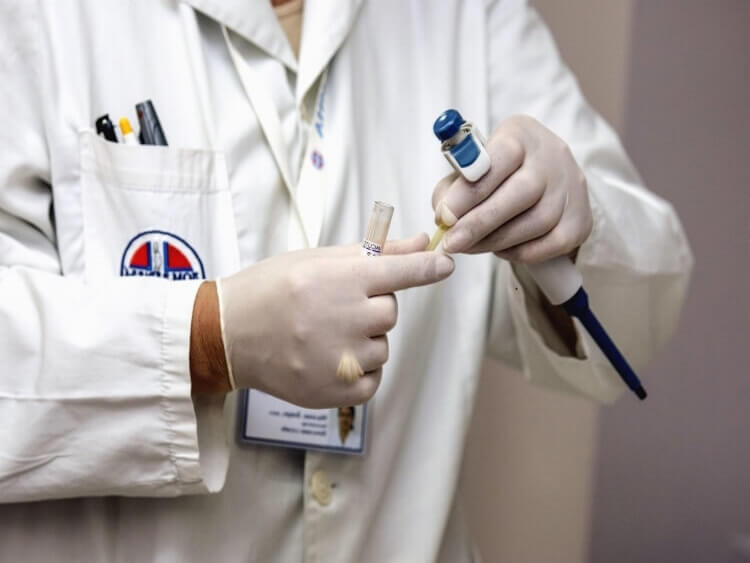3h
Human KRAS(V-Ki-Ras2 Kirsten Rat Sarcoma Viral Oncogene Homolog) ELISA Kit
Human KRAS(V-Ki-Ras2 Kirsten Rat Sarcoma Viral Oncogene Homolog) ELISA Kit
sarcoma
20ng/mL
Sandwich
0.125ng/mL
0.312-20ng/mL
Tumor immunity;
Rattus norvegicus
ELISA Enzyme-linked immunosorbent assays Code 90320007 SNOMED
C-K-RAS; K-RAS2A; K-RAS2B; K-RAS4A; K-RAS4B; KI-RAS; KRAS1; KRAS2; NS3; RASK2
Rats are used to make rat monoclonal anti mouse antibodies. There are less rat- than mouse clones however. Rats genes from rodents of the genus Rattus norvegicus are often studied in vivo as a model of human genes in Sprague-Dawley or Wistar rats.
E05 478 566 350 170 or Enzyme-Linked Immunosorbent Assays,E05 478 566 350 170 or Enzyme-Linked Immunosorbent Assays,Human proteins, cDNA and human recombinants are used in human reactive ELISA kits and to produce anti-human mono and polyclonal antibodies. Modern humans (Homo sapiens, primarily ssp. Homo sapiens sapiens). Depending on the epitopes used human ELISA kits can be cross reactive to many other species. Mainly analyzed are human serum, plasma, urine, saliva, human cell culture supernatants and biological samples.
The test principle applied in this kit is Sandwich enzyme immunoassay. The microtiter plate provided in this kit has been pre-coated with an antibody specific to V-Ki-Ras2 Kirsten Rat Sarcoma Viral Oncogene Homolog (KRAS). Standards or samples are then added to the appropriate microtiter plate wells with a biotin-conjugated antibody specific to V-Ki-Ras2 Kirsten Rat Sarcoma Viral Oncogene Homolog (KRAS). Next, Avidin conjugated to Horseradish Peroxidase (HRP) is added to each microplate well and incubated. After TMB substrate solution is added, only those wells that contain V-Ki-Ras2 Kirsten Rat Sarcoma Viral Oncogene Homolog (KRAS), biotin-conjugated antibody and enzyme-conjugated Avidin will exhibit a change in color. The enzyme-substrate reaction is terminated by the addition of sulphuric acid solution and the color change is measured spectrophotometrically at a wavelength of 450nm ± 10nm. The concentration of V-Ki-Ras2 Kirsten Rat Sarcoma Viral Oncogene Homolog (KRAS) in the samples is then determined by comparing the O.D. of the samples to the standard curve.
